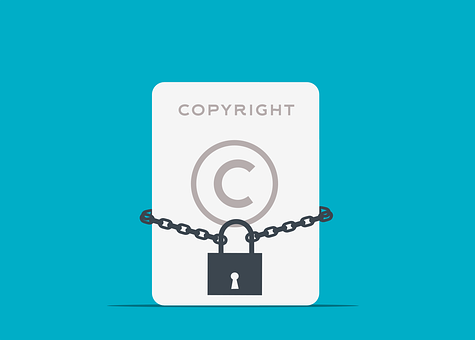Intellectual property (IP) is an asset any business should hold dear. From patents to trade secrets, your IP is your company’s lifeblood. Unfortunately, with the rise of technology have come numerous challenges to safeguarding intellectual property. With information becoming more accessible and easily transferable, intellectual property is more at risk than ever. This fact makes IP protection more important than ever. The following are eight ways to protect your intellectual property and safeguard your business.

Know All Your IP Assets
Knowing all your intellectual property assets is the first step in protecting them. Taking a comprehensive inventory of all your IP assets and understanding which ones need protection can help you decide the best protection strategies. Begin by listing all the ideas, inventions, images, slogans, software programs, processes, or other materials unique to your business. You will also want to include any creative works you have produced. Once you have an inventory of what needs protection, it will be much easier to establish a plan for safeguarding them.
Register Your Copyrighted Materials and Trademarks
Copyright is a form of intellectual property protection for original works such as books, articles, and software. In most countries, copyright automatically applies to any creative work you produce after the moment it’s created. If you have written a book or developed software code, registering your work with the relevant copyright office can provide greater legal protection if you ever need to pursue litigation against someone who violates your copyright.
Similarly, if you want exclusive rights to use certain words, logos, or symbols for commercial purposes, it is crucial to apply for trademark registration. Seeking the help of a trademark attorney can make the process of filing for trademark registration less daunting and more productive. Obtaining a trademark can help you in protecting your brand’s name, logo, and slogan against rivals’ replication and maintain your brand’s distinctiveness in the market.
Use Contracts to Protect Your IP Assets
Ensure that anyone working with your intellectual property signs a Confidentiality Agreement or Non-Disclosure Agreement (NDA) to prevent them from sharing confidential information, including trade secrets or product development plans. This includes contractors, employees, and business partners. The contract should include specific language on what is expected to protect the IP assets from unauthorized use or duplication.
Use Security Measures to Keep Your Information Safe
To protect your IP, you should use a secure password for all your accounts and devices that are used to access confidential information. Regularly change passwords, delete outdated documents containing sensitive information, and be aware of phishing scams that can lead to data theft or hacking. Use encryption software or other methods of protecting sensitive information when transmitting it electronically. In addition, your employees should know the importance of security protocols to help safeguard against potential data breaches.
Avoid Joint Ownership
Joint intellectual property ownership can create various issues that complicate the enforcement and protection of your rights. For instance, you may be restricted in using or commercially exploiting the IP while it is jointly owned. Additionally, if one joint owner wishes to transfer or license the IP, they must obtain consent from all other owners before taking action. If any disputes arise between the co-owners, resolving them can become complicated and expensive. It’s best to control your intellectual property completely so you can manage and protect it more efficiently.
Educate Employee
Human error is often the biggest factor in a security breach. That’s why awareness training is so crucial in plugging and preventing IP leaks. Foster an atmosphere of respect for other people’s IPs by discussing plagiarism or unauthorized software downloads. Please remind staff not to share confidential information with anyone outside the organization without management’s permission first and should report any suspected infringement on company IP rights right away.
Document Ownership Agreements
Ensure that you extensively document all ownership agreements, license agreements, or non-disclosure agreements. This documentation helps to avoid misunderstandings related to ownership, responsibilities, and intellectual property. Documentation can help protect you in legal disputes, which can be a real problem if someone else claims they own or are rightfully entitled to your IP assets.
Monitor Your Intellectual Property Rights Regularly
Although protecting your intellectual property can seem arduous, monitoring your IP rights’ status is essential to ensure they remain valid and enforceable. When filing trademarks or patents, consider expiration dates, renewal deadlines, and other important compliance requirements. Be alert for any violation of your intellectual property rights and respond promptly if you detect any. If you do find evidence of infringement, seek legal advice without delay to guide you in safeguarding your IP rights. Make sure you understand any changes and how they may affect your rights.
Protecting your intellectual property ensures your business thrives and remains competitive. You can safeguard your IP assets and maintain a strong brand reputation with the right measures. Consider using contracts, security measures, and regular monitoring of your IP rights to keep your information secure and avoid any potential infringement issues down the line. By taking proactive steps to protect your intellectual property, you will be able to ensure its longevity and capitalize on the competitive advantages it provides.













